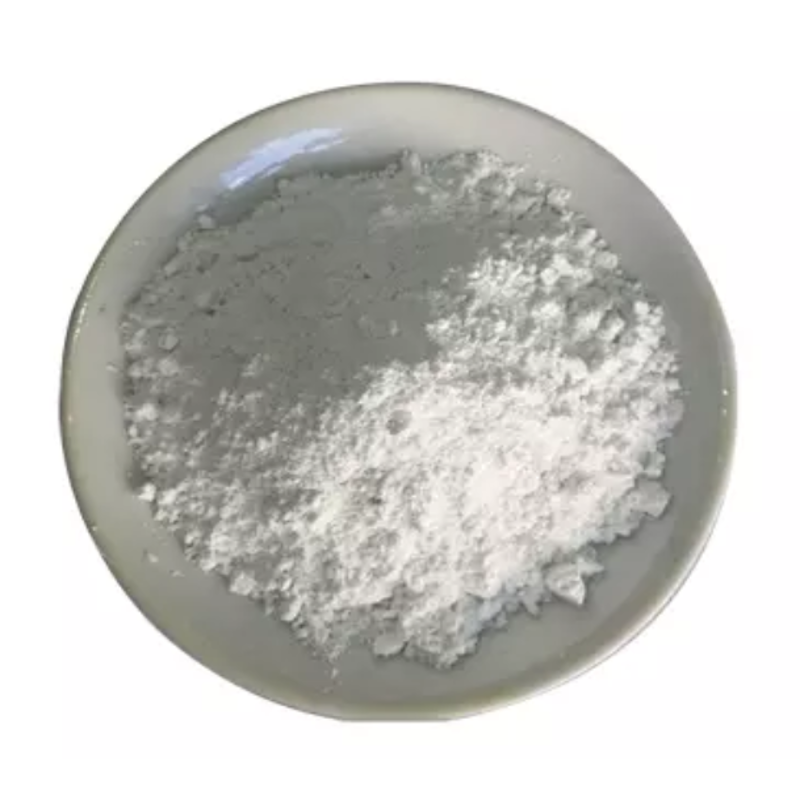-
Categories
-
Pharmaceutical Intermediates
-
Active Pharmaceutical Ingredients
-
Food Additives
- Industrial Coatings
- Agrochemicals
- Dyes and Pigments
- Surfactant
- Flavors and Fragrances
- Chemical Reagents
- Catalyst and Auxiliary
- Natural Products
- Inorganic Chemistry
-
Organic Chemistry
-
Biochemical Engineering
- Analytical Chemistry
-
Cosmetic Ingredient
- Water Treatment Chemical
-
Pharmaceutical Intermediates
Promotion
ECHEMI Mall
Wholesale
Weekly Price
Exhibition
News
-
Trade Service
Before DNA samples can be sequenced, they often need to be amplified
In PCR, the thermal cycler repeatedly changes the reaction temperature, affecting the action of the various reagents; in contrast, the isothermal amplification method amplifies DNA at a single temperature, using strand-displacing DNA polymerase, along the double-strand The DNA "unwinds" as it moves, rather than heat denaturation like PCR
There are various types of isothermal amplification methods, including strand displacement amplification (SDA), rolling circle amplification (RCA), whole genome amplification (WGA), loop-mediated isothermal amplification (LAMP), helicase-dependent amplification.
PCR vs.
The choice of amplification method generally depends on the specific application and existing equipment
PCR amplification is a relatively simple process if a thermal cycler is available and a better option for rare transcripts
Isothermal amplification is sometimes less sensitive or specific than PCR, but this can be improved by optimizing the reaction 1
In some cases, the amount of information between the two methods is different
According to Rupert Yip, VP of Marketing and Product Management at Tecan Genomics: “The choice between SPIA or PCR depends on the level of information required
During SPIA amplification, the enzyme complex attaches to the cDNA and generates 100-1000 copies of each molecule
isothermal bridge amplification
There is also a special type of isothermal amplification, called bridge amplification, used in Illumina's next-generation sequencing platform
However, "the disadvantage of this approach is that each amplification cycle requires the addition of a fresh mix (containing the polymerase) followed by a chemical denaturation step, which makes it much more expensive than conventional PCR," Hegde said
An in situ solid isothermal amplification may be an alternative to bridge amplification for next-generation sequencing
Noise suppression technology
Tecan's SPIABoost technology blocks the amplification of non-target sequences, thereby suppressing unwanted signals that might otherwise overwhelm your signal of interest
This noise suppression technique improves the discovery of rare transcripts
Applications of isothermal amplification
Yip notes that many people use SPIA to detect rare transcripts in microbiome and infectious disease research
Researchers at Imperial College London and the University of Leicester have used allele-specific LAMP analysis to detect a common driver mutation in breast cancer 2
.
Early detection of this mutation can help doctors and patients make important treatment decisions
.
The researchers also used SPIA to study mosquito saliva, a vector for Zika and dengue viruses
.
"Noise suppression can remove high background, that is, mosquito rRNA, and increase viral information recovered from mosquito saliva," Yip said
.
"SPIABoost can be designed to target any transcript in almost any species to reduce background and provide more informative reads
.
"
The researchers also applied isothermal amplification methods to COVID-19 detection
.
For example, researchers in Portugal developed a colorimetric test for COVID-19 based on RT- LAMP3
.
The test is performed in a test tube, using a nasal swab or saliva sample, and takes as little as 30 minutes, making it ideal for point-of-care testing or in low-resource settings
.
Although not as sensitive as RT-PCR tests, this RT-LAMP test can be used to detect and screen asymptomatic and presymptomatic infections
.
This ability to stop the spread of epidemics is also advantageous under conditions of scarce laboratory resources
.
In addition, researchers at the Broad Institute and the University of Bonn have developed an amplification method called LAMP-Seq that adds molecular barcodes and amplifies nasal swab samples in a single step 4
.
This enables large-scale pooling of samples and high-throughput next-generation sequencing analysis
.
The high sensitivity and specificity of LAMP-Seq, low material cost, and detection time of less than 24 hours can help alleviate the current shortage of resources for the detection of Omicron variants
.
references
1.
Ozay, B.
, et al.
A review of reaction enhancement strategies for isothermal nucleic acid amplification reactions.
Nov 2021.
Sensors and Actuators Rep 3:100033
2.
Kalofonou, M.
, et al.
A novel hotspot specific isothermal amplification method for detection of the common PIK3CA p.
H1047R breast cancer mutation.
March 2020.
Sci Rep 10:4553
3.
Amaral, C.
, et al.
Amaral, C.
, Antunes, W.
, Moe, E.
et al.
A molecular test based on RT-LAMP for rapid, sensitive and inexpensive colorimetric detection of SARS-CoV-2 in clinical samples.
August 2021.
Sci Rep 11, 16430.
4.
Ludwig, KU, et al.
LAMP-Seq enables sensitive, multiplexed COVID -19 diagnostics using molecular barcoding.
June 2021.
Nat Biotechnol 39, 1556–1562.







